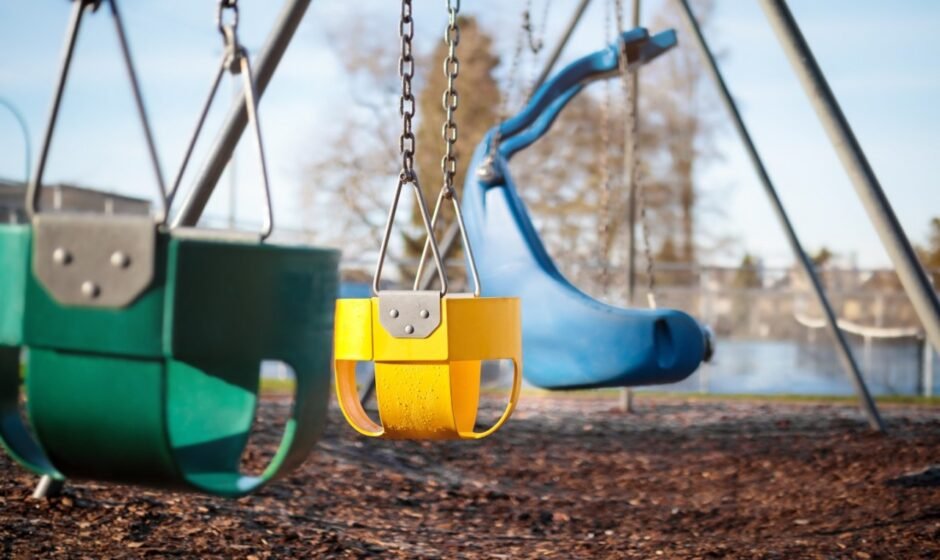Blistering heat waves and more frequent wildfires are undoing the progress made in achieving clean air in the United States, according to a new study. The study, conducted by climate analytics firm First Street Foundation, predicts that by midcentury, the levels of microscopic soot particles and ozone molecules entering Americans’ lungs will be equivalent to what they were in 2004, erasing the gains made in air quality over the past few decades.
Coauthor Jeremy Porter explained that federal regulations had led to consistent improvements in air quality from 1963 to about 2016. However, the negative impacts of climate change have now surpassed the positive effects of air quality enforcement. Porter noted that the frequency of hazardous air days is increasing, affecting all categories of unhealthy air.
The decline in air quality has already had far-reaching effects, such as limiting the number of days when children in Western states can safely play outside. Additionally, about 14 million American households, or 10% of the population, can expect at least a week of unhealthy air quality each year. In hotspots across the West Coast, Midwest, and Northeast, about 6 million households will experience two weeks of bad air annually.
While declining air quality will be evident throughout the country, the impact will be particularly pronounced on the West Coast. Rising ozone levels from heat, combined with toxic particulates from wildfires and the burning of fossil fuels, will contribute to increased bad air days in this region. Los Angeles, for example, currently experiences 47 days each year when the air is unsafe for children and those with chronic illnesses. By 2054, this number is projected to increase by an additional week.
The study also found that most American cities, including New York, Chicago, Los Angeles, Houston, Philadelphia, and Jacksonville, will see a significant increase in the number of households exposed to at least a week and a half of bad air per year by 2054.
The decline in air quality is driven by two main contaminants associated with climate change: PM2.5 and ozone. PM2.5 refers to particulate matter smaller than 2.5 microns, which can enter the bloodstream and interfere with various bodily systems. These particles are primarily produced by combustion, including the burning of fossil fuels and forest fires. The increase in forest fires has led to higher levels of PM2.5 and more unhealthy air days.
The rising heat also contributes to increased ground-level ozone, particularly in urban areas. Ozone, formed through a reaction between volatile organic compounds and nitrous oxide, has detrimental effects on the respiratory system when inhaled.
The impacts of declining air quality are already evident, with PM2.5 causing approximately 47,000 deaths in the United States annually. Rising heat and PM2.5 levels have a synergistic effect, leading to an increased risk of heart attacks. The study also highlights the difficulty in regulating climate compared to industry.
Overall, the study underscores the urgent need to address climate change and reduce air pollution to protect public health.




